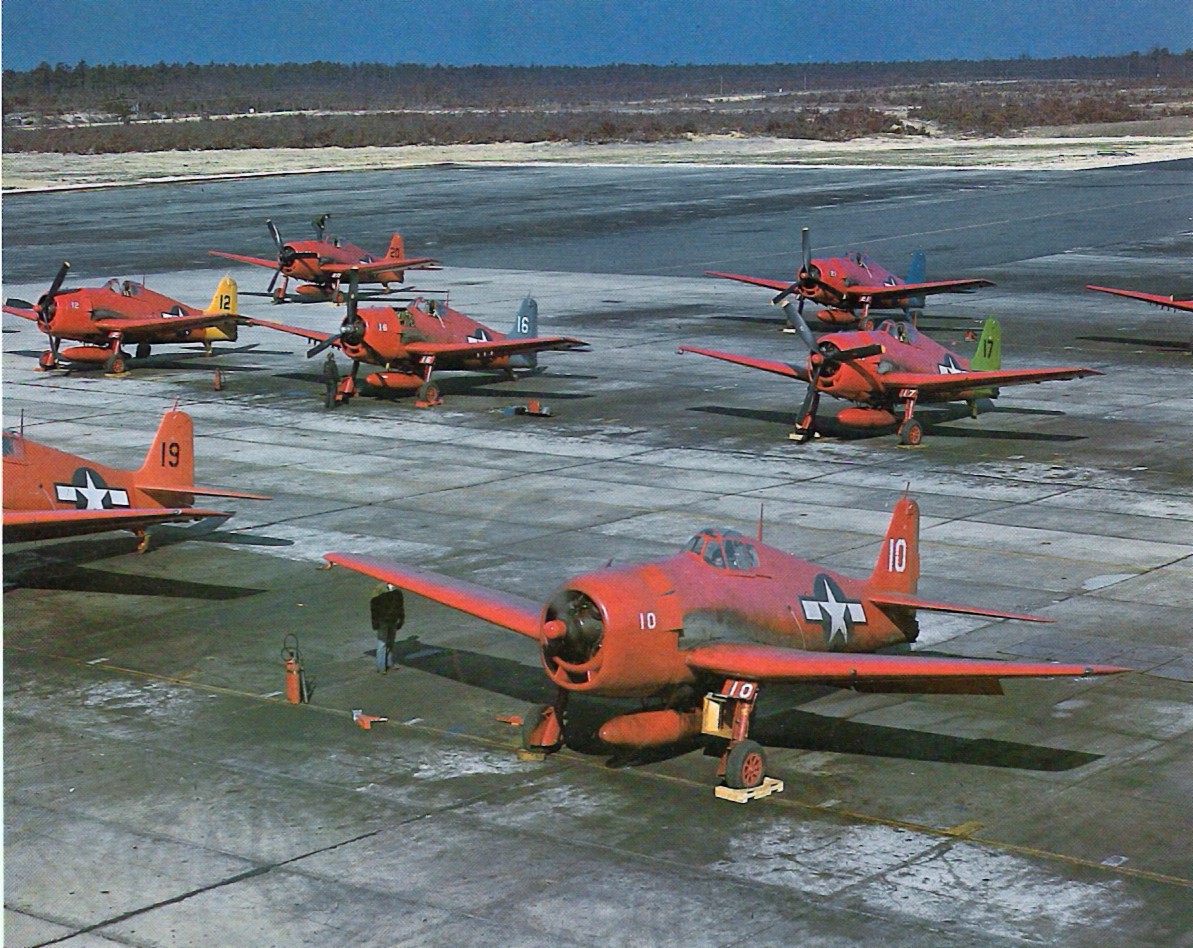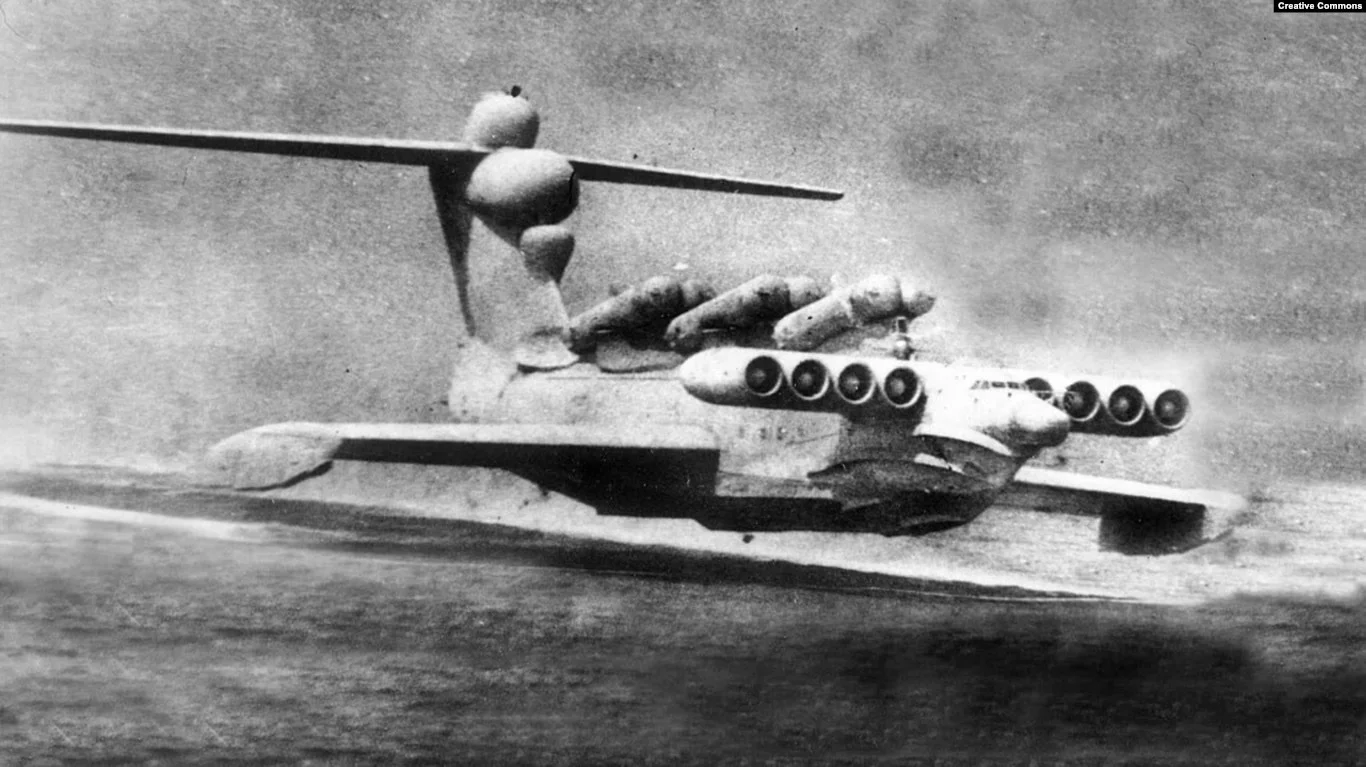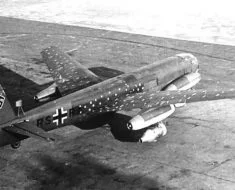In the aftermath of World War II, the United States embarked on a series of nuclear tests at the Bikini Atoll.

The Atoll is situated in the Marshall Islands. The tests marked a significant chapter in the history of nuclear warfare and its profound impact on both the environment and human lives.
The Selection of Bikini Atoll
Bikini Atoll was chosen for nuclear testing due to its remote location and minimal human habitation. In 1946, the U.S. government relocated the 167 indigenous Bikinians to other islands, promising their return once the tests were completed. This relocation marked the beginning of a long and painful displacement for the island’s residents.
Operation Crossroads (1946)
The first series of tests, known as Operation Crossroads, took place in July 1946. The purpose was to investigate the effects of nuclear weapons on naval warships. The tests included:
- Test Able: An aerial detonation of a 23-kiloton bomb dropped from a B-29 bomber on July 1, 1946. The explosion caused significant damage to several ships but was less effective than anticipated due to the bomb missing its target by over 2,000 feet.
- Test Baker: Conducted on July 25, 1946, this was an underwater detonation of a similar yield. The explosion produced a massive water column and radioactive fallout, sinking several ships and rendering others too contaminated for further use. This test highlighted the devastating effects of underwater nuclear explosions on naval vessels.
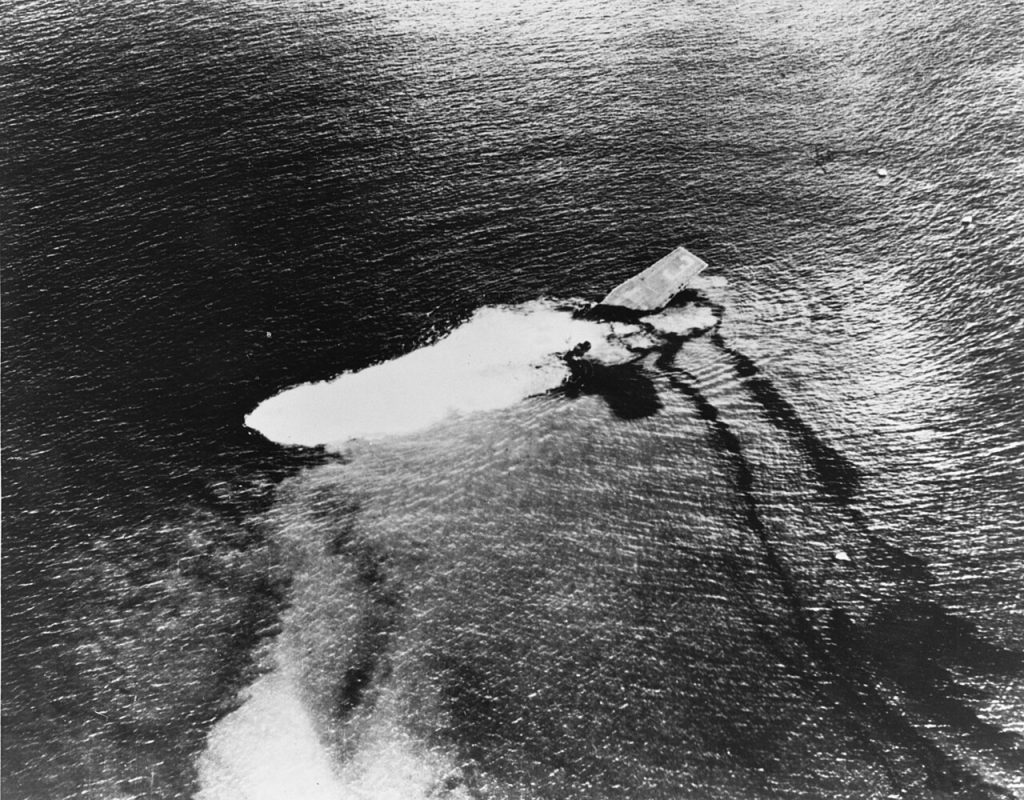
The third planned test, Test Charlie, was canceled due to the extensive contamination from Test Baker, underscoring the unforeseen consequences of nuclear detonations.
Operation Castle (1954)
In 1954, the U.S. initiated Operation Castle, a series of high-yield thermonuclear tests. The most notable of these was Castle Bravo, detonated on March 1, 1954.
This test yielded 15 megatons of TNT, far exceeding the expected 4–8 megatons. The unexpected size of the explosion led to widespread radioactive fallout, affecting not only the immediate vicinity but also distant regions.
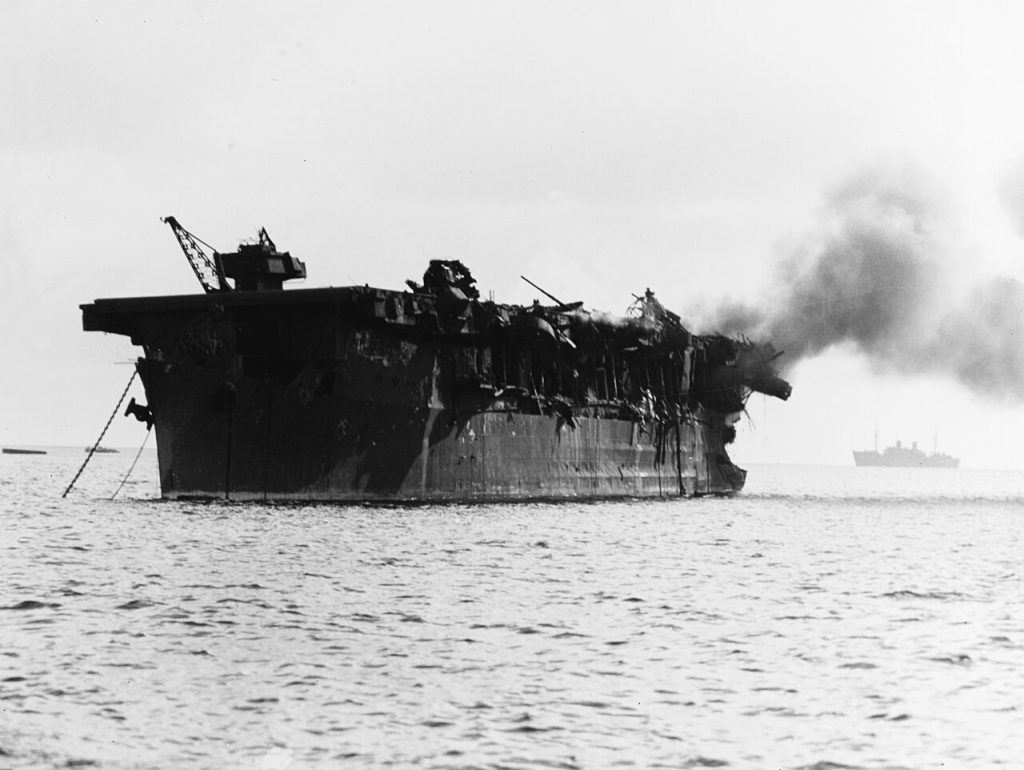
The fallout from Castle Bravo contaminated the Rongelap and Rongerik Atolls, leading to acute radiation sickness among the inhabitants. These communities were evacuated, but the long-term health effects persisted, including increased rates of cancer and other radiation-related illnesses.
Environmental and Human Impact
The nuclear tests at Bikini Atoll caused severe environmental degradation. The coral reefs, once teeming with marine life, were destroyed by the explosions. The radioactive fallout contaminated the soil and water, making the islands uninhabitable for the original residents.
Despite promises of safe return, the Bikinians were never able to resettle their homeland. Efforts to decontaminate the area have been largely unsuccessful, and the islands remain off-limits due to high radiation levels.
Legacy and Ongoing Issues
The legacy of the Bikini Atoll nuclear tests is a complex tapestry of scientific advancement, environmental destruction, and human suffering.
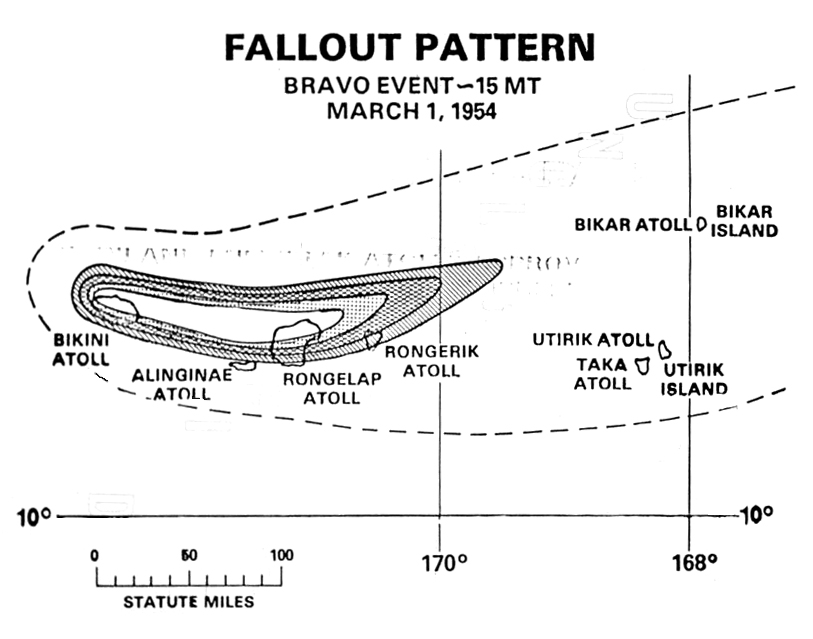
The tests provided valuable data on the effects of nuclear explosions, influencing future military strategies and arms control agreements. However, they also serve as a stark reminder of the devastating consequences of nuclear warfare.
In recent years, there have been calls for greater recognition of the injustices faced by the Bikinians. Efforts to compensate survivors and their descendants have been ongoing, with varying degrees of success. The U.S. government has provided financial assistance, but many feel that it falls short of addressing the full extent of the harm caused.
Conclusion
The nuclear tests at Bikini Atoll stand as a testament to the destructive power of nuclear weapons and the profound impact they can have on both the environment and human populations.
While the tests contributed to scientific knowledge, they also caused lasting harm to a small island community. As we reflect on this history, it is crucial to remember the lessons learned and strive for a future where such devastation is never repeated.

